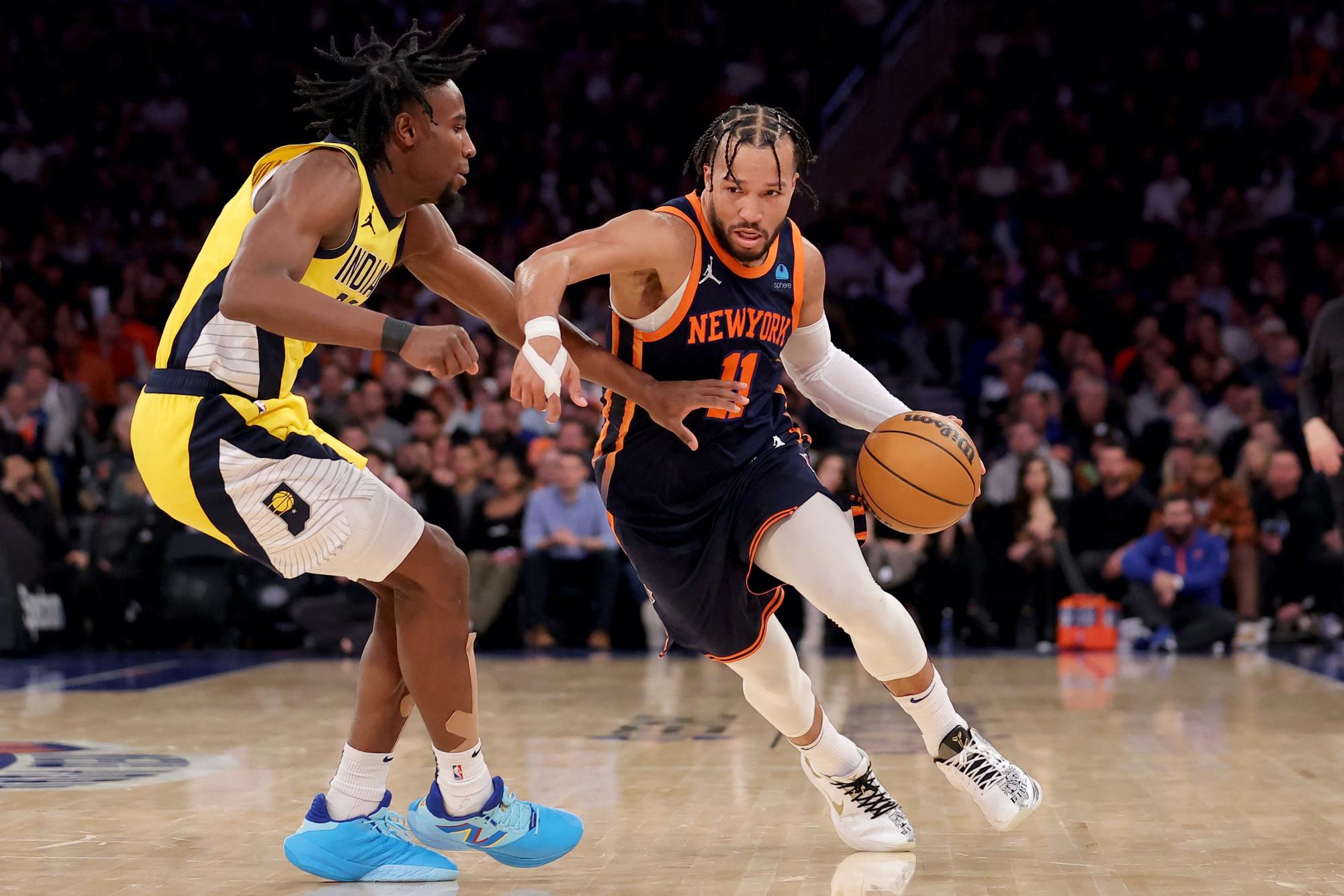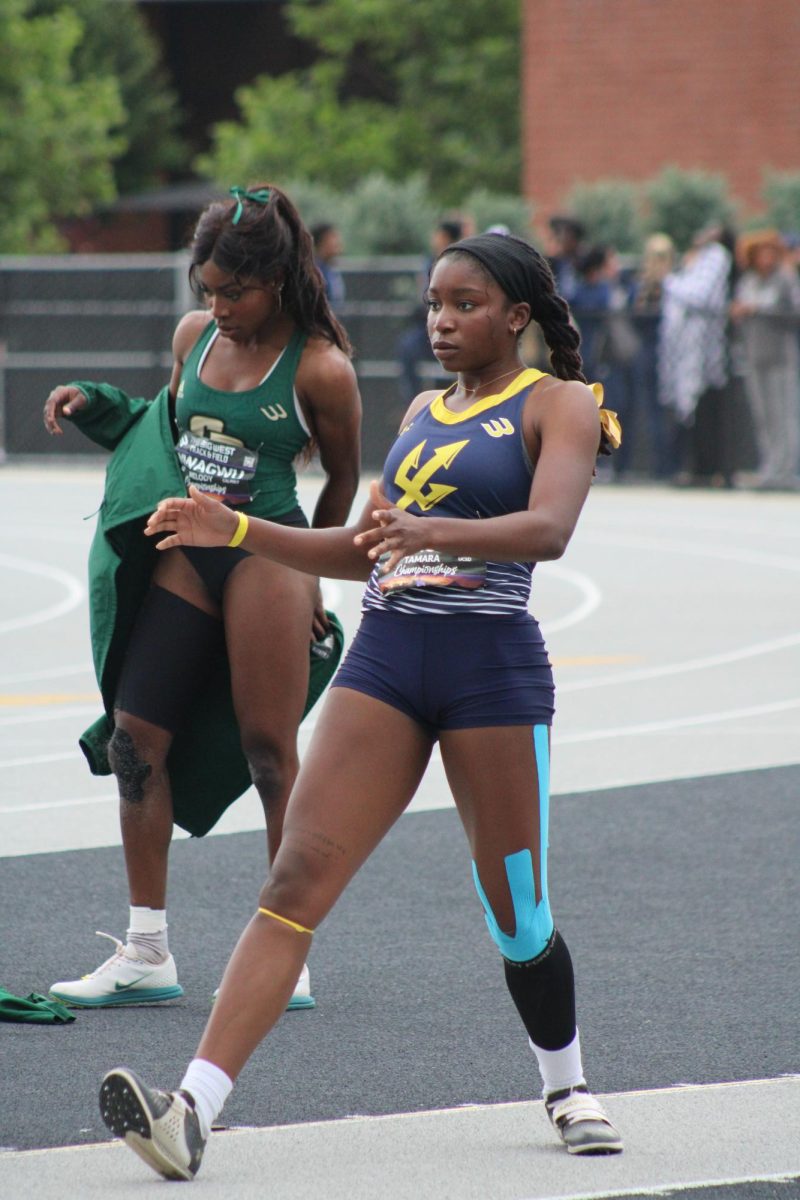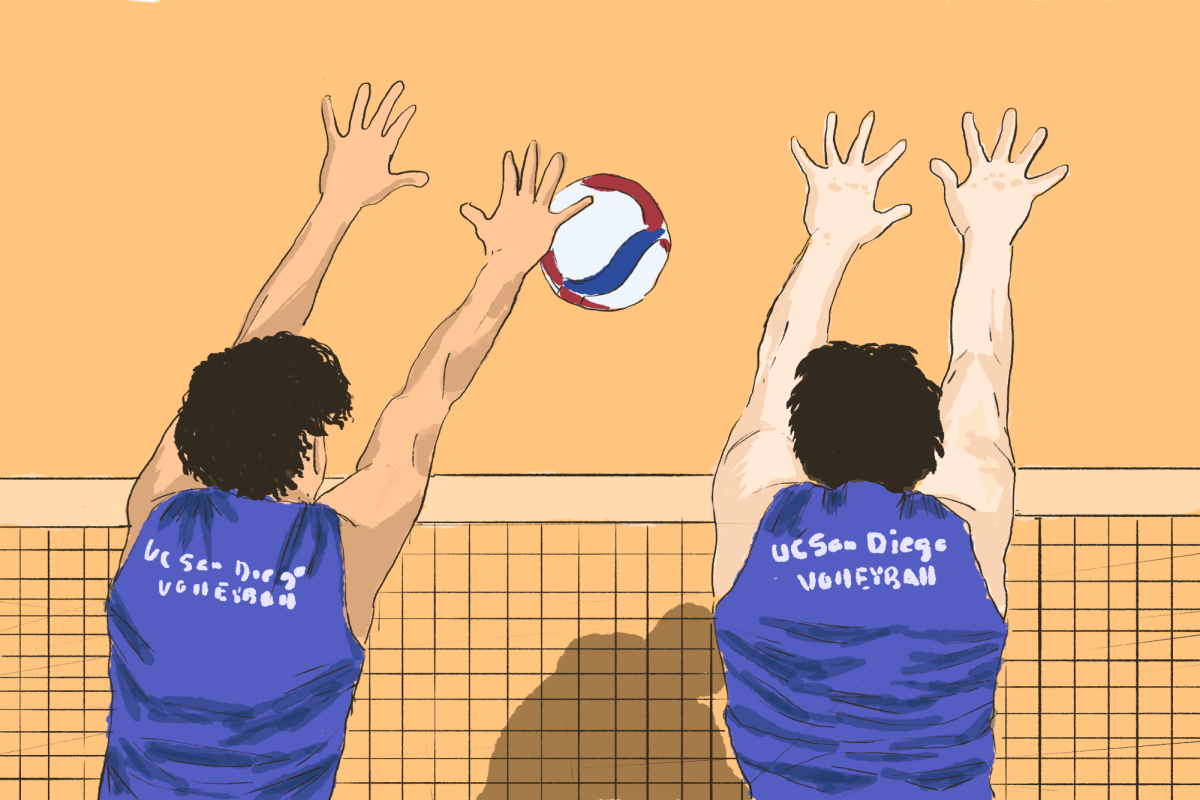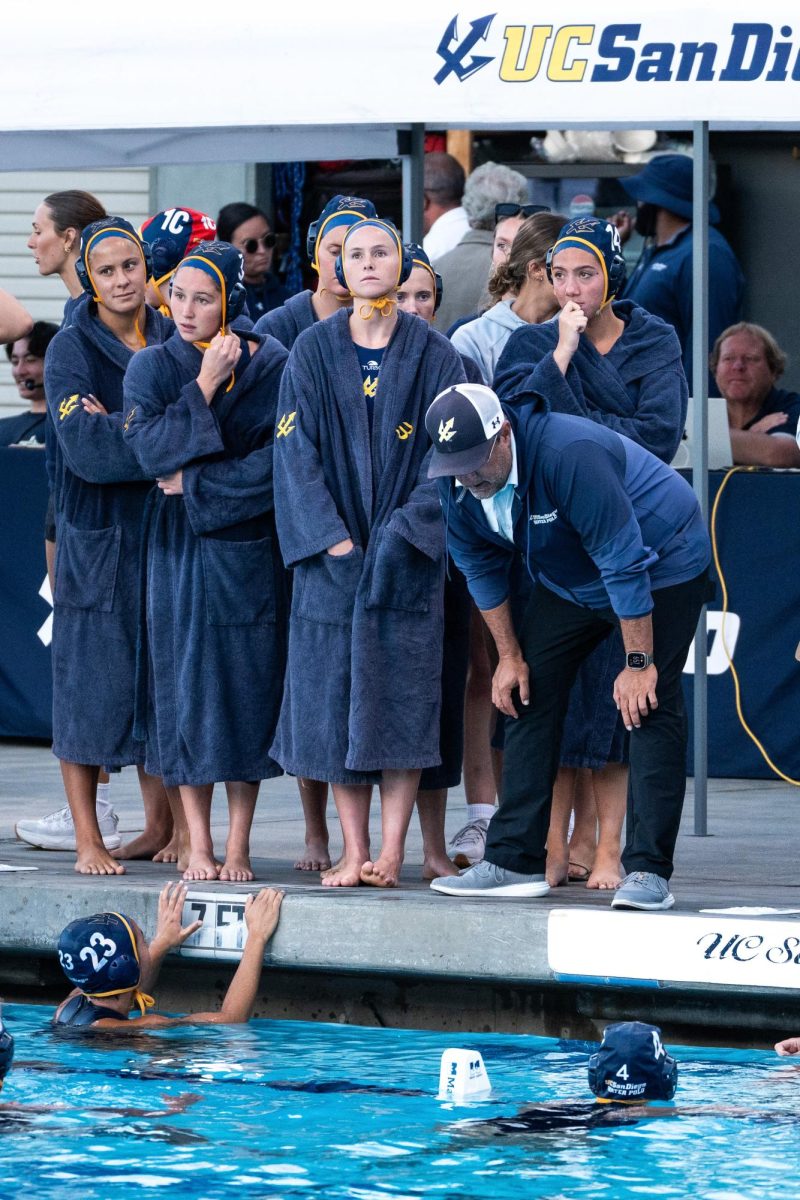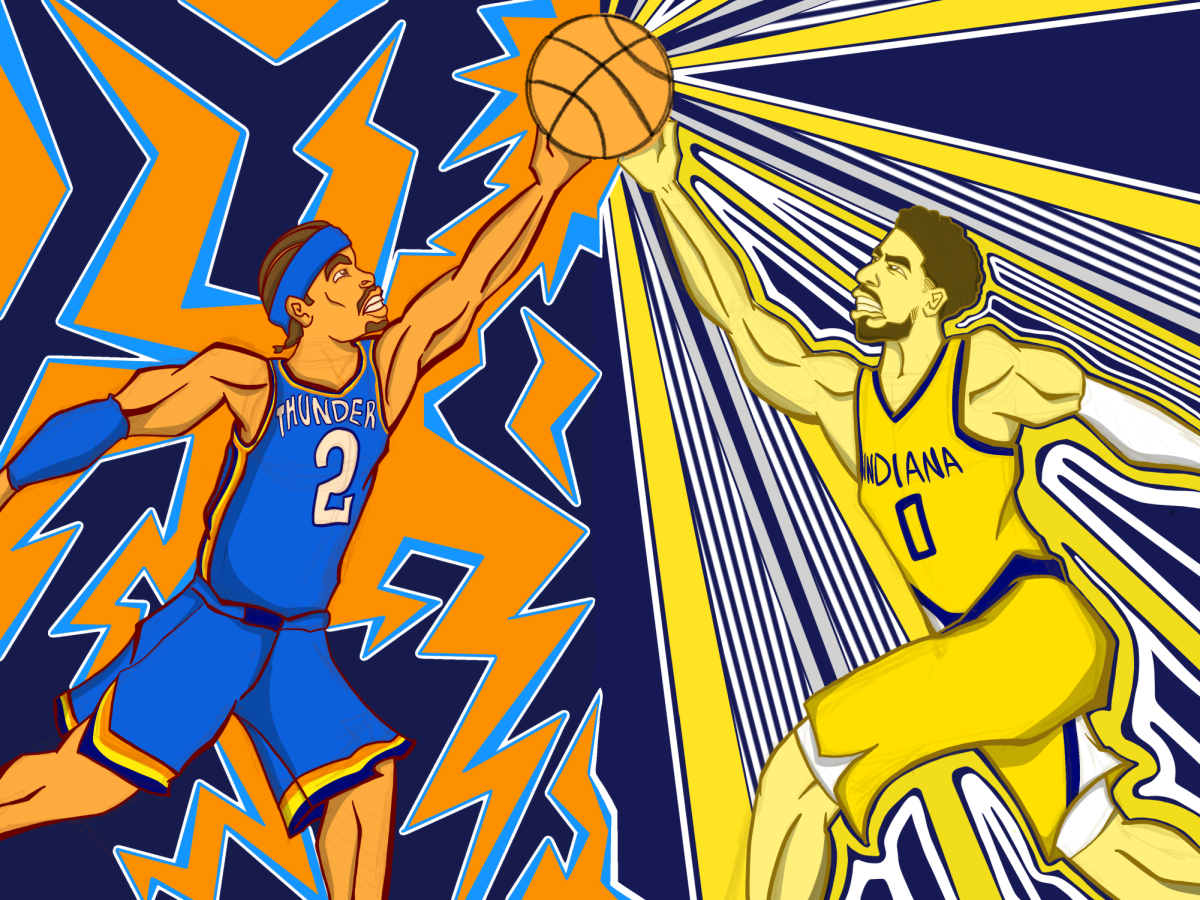Editor’s Note: This article was written before Game 4, which took place on Sunday afternoon. The final score was Pacers 121 – 89 Knicks, with the series now tied 2 – 2 as of Sunday night.
The Indiana Pacers and the New York Knicks are the NBA’s version of “The Tortoise and the Hare.” Like the age-old tale, the two teams are diametrically opposed in every category — yet now meet in the Eastern Conference Semifinals.
The Indiana Pacers’ high-flying offense reinvented basketball this year. Now, Indiana faces a slow-paced, methodical team in the New York Knicks, who hang their hat on defense and rebounding. New York’s offense is Jalen Brunson or bust, while the Pacers believe they can outscore any team in the NBA. Ultimately, these two philosophies are reflections of their respective head coaches, Tom Thibodeau and Rick Carlisle.
New York’s Thibodeau, recently voted the coach NBA players would least like to play for, is famous for running his players into the ground. While Thibodeau is known for his blandness and questionable bench management, his style has proven effective.
The key to this success? Thibodeau’s group plays defense, and they rebound more than anyone in the NBA. Josh Hart might be the best offensive rebounder in the NBA, and he’s a 6’4” guard. Hart’s activity on the offensive glass, coupled with Isaiah Hartenstein’s height, produce second and third chance efforts for scorers like Jalen Brunson and Donte Divincenzo.
By contrast, Rick Carlisle’s bunch plays no defense. Instead, the Pacers put the ball in the bucket more than anyone in the NBA. Carlisle has tailored his offense to fit his players, prioritizing a fast-paced, high-scoring style of play. With a distributor like Tyrese Haliburton, great transition players like Obi Toppin and Pascal Siakam, and stretch big men like Myles Turner, a fast-paced ideology fits Indiana to perfection. Carlisle’s approach vaulted Indiana into the 6th seed after missing the playoffs last year, while Thibodeau’s ‘90s-esque scheme earned the Knicks the No. 2 seed.
In the regular season, the Pacers led the NBA with 123.3 points per game, 46.8 bench points per game, 30.8 assists per game, 57.9 points in the paint per game, and a 50.7 field goal percentage. Indiana was also second in the NBA in offensive efficiency. NBA advanced stats show that the Pacers led the NBA with a 4.4 average speed per game and 19 miles per game. The Knicks are at the bottom of the table in the same categories.
However, Indiana is as inept on defense as they are prolific on offense. The Pacers rank 24th in rebounding percentage, 26th in defensive rebounding, 27th in opposing points per game, and 24th in defensive rating. The Knicks, on the other hand, are first in rebounding percentage, first in offensive rebounding percentage, second in opposing team’s points per game, and ninth in defensive rating.
Despite the large contrasts, both styles seemingly work. The new kids on the block struggled against New York’s fundamentalist approach on the road, but thanks to a timely Andrew Nembhard three-pointer at the end of the shot clock in Game 3, the Pacers are one win away from evening the series at two games apiece.
Indiana lost Games 1 and 2 in New York, but not because of their bench. In Game 1, Myles Turner was called for a costly moving screen in the closing seconds of the game, putting the game out of reach. In Game 2, the Pacers let off the gas when they were unsure whether Brunson would return after leaving with an injury. Anunoby dominated the Pacers in Brunson’s absence, and once the MVP candidate returned, the Knicks never looked back.
Indiana’s struggles early on in this series stem from their inexperience in close games. They are great in transition, but when their offense is run in the halfcourt, they stagnate. Against teams like the Knicks, who have found themselves in many close games, they are outmatched. New York runs their offense in the half-court throughout the course of the game, and they trust Brunson to make the right read down the stretch.
However, Thibs has a reputation for playing his starters high minutes and limiting his rotation to seven players, which could have lingering consequences as the playoffs continue. Thibodeau typically plays just two bench players, but who they are changes every game. It’s unsustainable to ask Hart, Brunson, and Divincenzo to play 45 or more minutes per game in an extended series, especially against a team like Indiana who runs in transition and constantly makes substitutions to keep their starters fresh.
Thibodeau’s strategy has already shown signs of concern, as Brunson has been hobbled throughout the series, OG Anunoby missed Game 3, and Robinson is out indefinitely. With Knicks players dropping like flies, Thibodeau will need to trust his bench at some point in this series. In fact, Thibodeau’s seven-man style could be the reason the Pacers mount a comeback in this series.
A long series thus favors Indiana. The Pacers’ bench has been one of the most impactful in these playoffs, ranking 1st in playoff bench points (30.7). T.J. McConnell and Obi Toppin lead the second unit, and they have continued their stellar play into the second round. Toppin had a loud start to the series in the Garden, where he scored 12 points in Game 1 and 20 in Game 2. The former Knick even broke out a between-the-legs dunk, a reminder to the New York crowd that he was once the Dunk Contest Champion.
Ultimately, this series will be a war of attrition. The Knicks are used to being the physical team, while the Pacers’ offense is flashy. However, in an ironic turn of events, New York’s physicality could be to their own detriment, because after all, the playoffs are a marathon, not a sprint.



